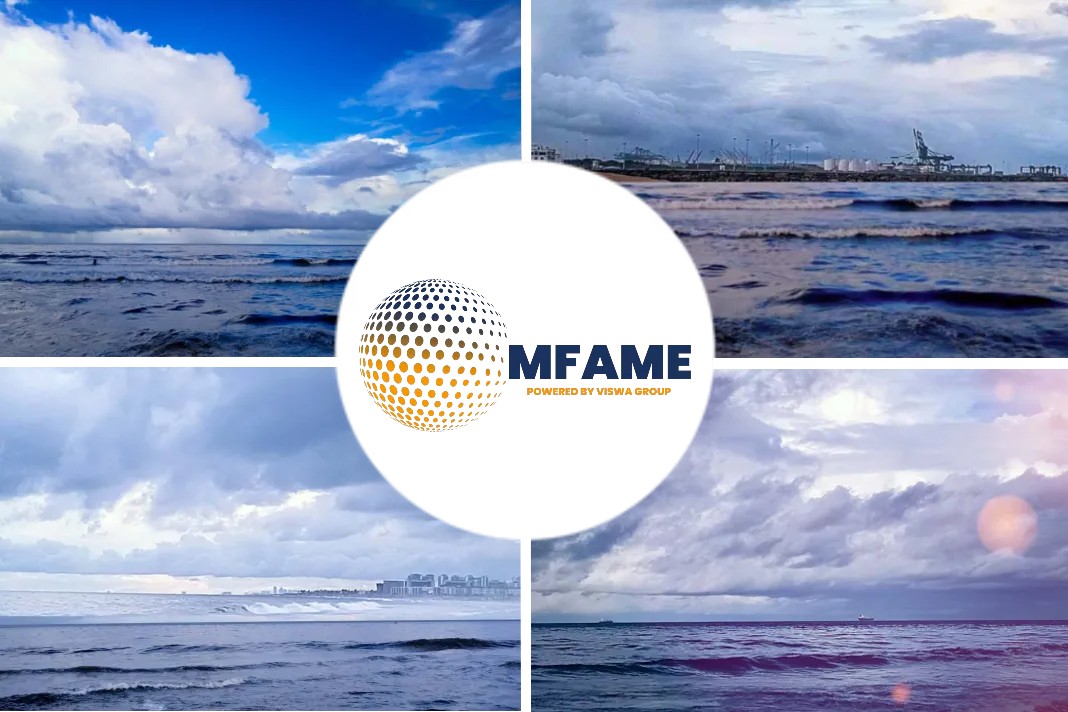- A dip in aviation demand has cut jet fuel prices low enough for blending into marine fuels.
- Jet fuel is more likely being used in US Gulf coast refineries as cutterstock, a light petroleum stream blended to reduce viscosity.
- LSFO production requires blending lower-viscosity material with high-viscosity residual fuel oil to meet the minimum viscosity specification shipowners.
- Technical difficulties, low jet fuel prices and resurgent shipping demand have inverted the typical pricing relationship between jet fuel and LSFO.
A historic plunge in aviation demand may have cut jet fuel prices low enough for blending into marine fuels on paper, but US Gulf coast refiners are wary of such a move, citing ship engine compatibility concerns and flash point and viscosity issues, reports Argus Media.
No Gulf coast refineries have been reported blending straight-run kerosene, typically processed into jet fuel, to produce low-sulphur fuel oil (LSFO), according to multiple market sources, despite reports of such practices in Singapore, the world’s largest bunkering hub.
Challenges of blending
Gulf coast sources cited the challenges of the blending process.
- Too much straight-run kerosene has the potential to lower the temperature at which fuels ignite, known as the flash point, posing a dangerous risk to ship engines.
- Kerosene molecules are also shaped differently from the heavier fuel oil molecules, which means they resist staying in suspension.
- Too much light distillate could also create vapor lock issues on ships that run on fuel oil.
The relatively small scale of the bunker market in the US Gulf coast, compared to Singapore, also makes such a move not worth the associated risks, sources say.
One market participant estimated a maximum of 40,000 bl of jet fuel components, or roughly 4,700 mt, could be blended into the monthly 4mn mt of LSFO demand in Singapore, where over a dozen very large crude carriers (VLCCs) of LSFO currently reside.
In contrast, the Gulf coast market is a fraction of the Singapore market, with no floating LSFO VLCCs in the region.
Yet another hurdle is the still-low LSFO demand, despite a recent rise.
LSFO demand
LSFO demand in the US Gulf coast has remained relatively thin amid disruptions from Hurricane Laura and tropical storm Beta in the past few weeks.
Low demand means blending straight-run kerosene — which increases a supplier’s liability to shipowners — is too risky a move to take at this time, sources say.
Jet fuel is more likely being used in US Gulf coast refineries as cutterstock, a light petroleum stream blended to reduce viscosity.
LSFO production requires blending lower-viscosity material with high-viscosity residual fuel oil to meet the minimum viscosity specification shipowners prefer for LSFO, which is usually no less than 30cst.
Inverted jet fuel and LSFO prices
Technical difficulties, safety and economic risks aside, low jet fuel prices and resurgent shipping demand have inverted the typical pricing relationship between jet fuel and LSFO, making such blending potentially viable on paper.
Jet fuel flipped to a discount to LSFO on 11 August this year, a discount that has widened steadily.
- Gulf coast Colonial pipeline jet fuel has averaged a $3.47/bl discount to US Gulf coast LSFO so far this month, widening from a $2.51/bl discount in August.
- A year earlier, jet fuel averaged a $9.14/bl premium to LSFO in September 2019.
The US Gulf coast shipping industry, on the other hand, has strengthened marginally as the US relieved lockdown measures in recent months related to the COVID-19 pandemic.
- LSFO steadily made gains alongside Ice Brent crude this month, reaching up to $50.08/bl on 1 September, the highest since 6 March. Prices have averaged $46/bl so far this month.
- LSFO’s premium to Brent has also grown to an average $4/bl so far in September, up from $2.65/bl in August.
Vaccum gasoil shortage
Part of LSFO’s price strength comes from a shortage of vaccum gasoil (VGO), a main blending component for LSFO that does not carry the technical risks of jet fuel. VGO supplies have tightened as low margins cut crude throughput.
US Gulf coast fuel oil production fell to 34,000 b/d as of 18 September, marking the lowest level since 10 July, when levels dove into negative territory, and a 122,000 b/d dip from year-ago levels, according to data from the US Energy Information Administration (EIA).
Did you subscribe to our daily newsletter?
It’s Free! Click here to Subscribe!
Source: Argus Media


























